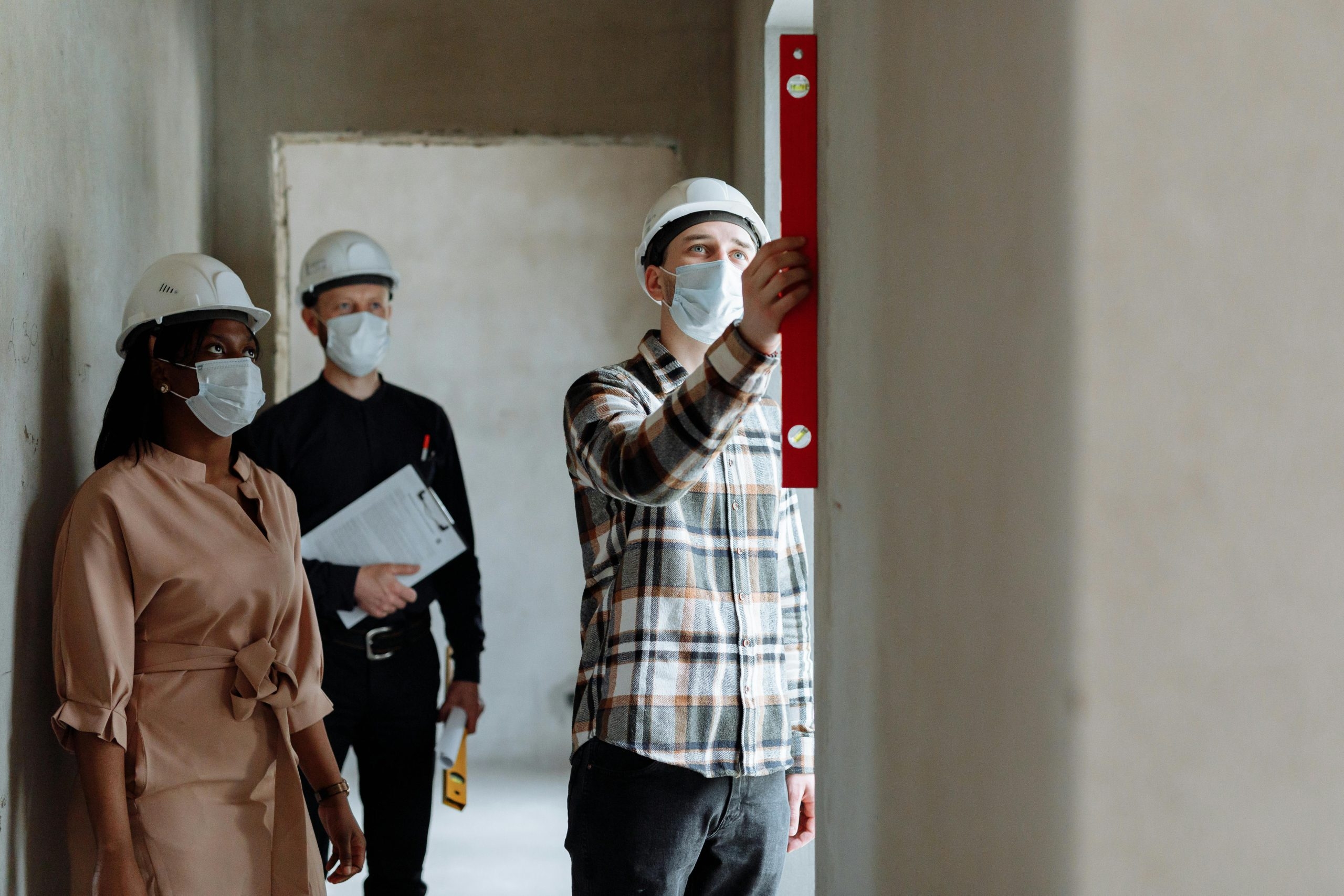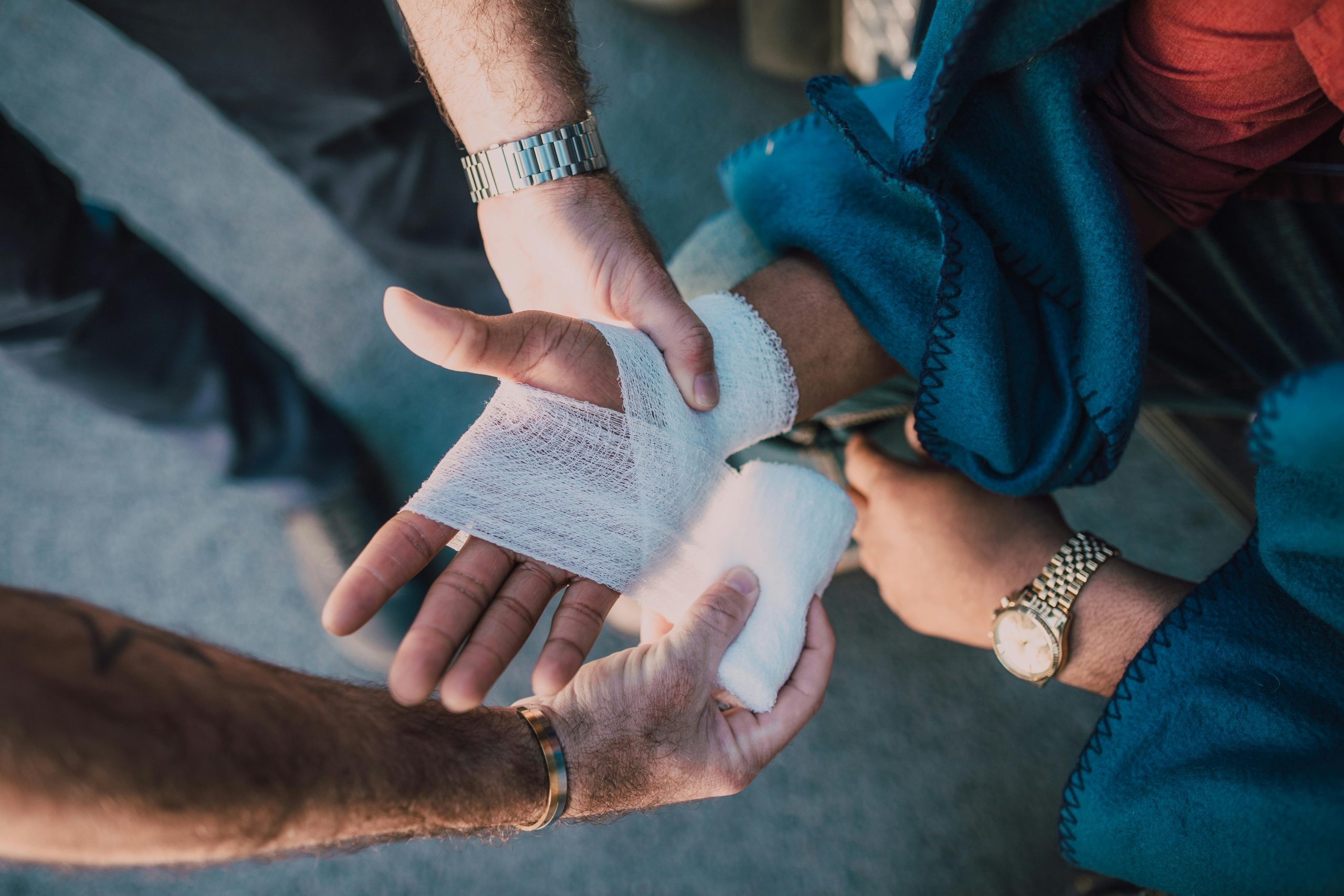Introducing a child play area, such as a soft play zone, can be a fantastic addition to your business—whether it's a leisure venue, retail space, office reception, or hospitality environment. It can attract families, improve customer experience, and encourage longer visits. However, it also brings with it a range of legal and practical health and safety responsibilities that must be carefully managed to protect children, parents, staff, and your business.
This guide outlines the key areas a business owner or manager should consider before and after installing a children’s play area.
Legislation and Compliance
The Health and Safety at Work etc. Act 1974 is the primary legislation governing all work activities in the UK, including the addition of child play areas in business settings. Under Sections 3 and 4 of the Act, businesses have a legal duty to ensure the health and safety of users (including members of the public) as far as is reasonably practicable.
The Health and Safety Executive (HSE) expects a systematic approach to managing safety risks and highlights the importance of relevant standards and good practice guidance—particularly in areas designed for children.
Common Hazards
While a child play area can enhance your business offering, it introduces a number of specific hazards that must be assessed and controlled.
One of the most immediate risks is the potential for trips, slips, and falls—not just within the play area where children are running or climbing, but also in adjacent areas where toys, shoes, or spilled food and drink may pose hazards.
Impact injuries can occur due to poorly maintained or overcrowded equipment, and entrapment hazards are a particular concern where children may get fingers, limbs, or clothing caught in gaps, netting, or moving parts.
Hygiene risks are significant in enclosed or padded environments such as soft play areas or ball pits, where bacteria and viruses can thrive if surfaces are not cleaned and sanitised regularly.
Overcrowding can lead to pushing, accidental collisions, or inappropriate use by older children. In mixed-use public areas, there’s also the risk of children accessing the play zone without appropriate adult supervision.
Fire safety is also essential—the play area must not block access routes and all materials used should be fire-retardant and compliant with relevant safety standards.
Inadequate parental or staff supervision remains one of the most common contributors to incidents in public play areas. Clear signage and business procedures are critical to managing this risk effectively.
Setting Up a Safe Play Area
Establishing a safe play area begins with thoughtful design and proper installation. All equipment should be sourced from reputable suppliers and certified to standards such as BS EN 1176 and BS EN 1177, which cover fixed playground equipment and shock-absorbing surfaces.
Entrapment risks should be avoided by ensuring there are no gaps where a child’s head, neck, limbs, fingers, or clothing could become trapped. Openings should be either small enough to prevent entry or large enough to allow safe passage without the risk of becoming stuck.
It's essential to avoid the use of toxic materials and lead-based components in all parts of the play area. Equipment, paint, coatings, and finishes should be certified non-toxic and comply with safety standards for children's products. Lead exposure—even in small amounts—can be harmful to children’s health, so verify that all materials used are free from lead and other hazardous substances.
Clear age-appropriate signage must be installed to define the recommended age range and capacity for safe use. The area should be laid out to ensure good visibility for supervising adults, and ideally positioned in a space where it can be passively monitored by staff or accompanying parents.
Flooring should be non-slip, soft, and impact-absorbent, particularly near climbing or slide features. Lighting must be adequate to ensure hazards are visible, and ventilation should be sufficient to avoid poor air quality or odours.
It’s also important to ensure that the play area does not interfere with fire escape routes, and that emergency access and evacuation procedures include consideration for children and families using the space.
Liability and Insurance
Adding a play area to your business introduces additional legal and financial considerations. Your public liability insurance must be reviewed and updated to cover risks specific to the play area, including injuries to children or visitors. Some insurers require notification before installation, along with evidence of appropriate risk assessments, inspection routines, and signage.
Posting signs that say children play at their own risk or must be supervised by a parent is common, but these signs do not remove your legal duty of care. You remain responsible for providing a safe environment and taking reasonable steps to control foreseeable risks.
If an injury occurs due to inadequate maintenance, unsafe equipment, or failure to manage risks, your business could be vulnerable to civil claims, reputational damage, or regulatory enforcement actions. However, the HSE clarifies that “Accidents and mistakes happen during play – but fear of litigation and prosecution has been blown out of proportion.” They further emphasise that when reasonable and appropriate measures are in place, it is highly unlikely there would be a violation of health and safety law, nor would it be in the public interest to pursue a prosecution.
Keeping detailed records of risk assessments, inspections, cleaning schedules, and maintenance logs can help demonstrate due diligence and provide protection in the event of an incident. Early engagement with your insurer and ongoing compliance with safety expectations are essential to avoid gaps in coverage and to limit liability.
Need Support?
If you need further guidance on managing the safety of a child play area within your business, including help with risk assessments, inspection templates, or signage wording, please feel free to contact our dedicated advice line on 033 33 215 005 or email websiteenquiries@wirehouse-es.com.






